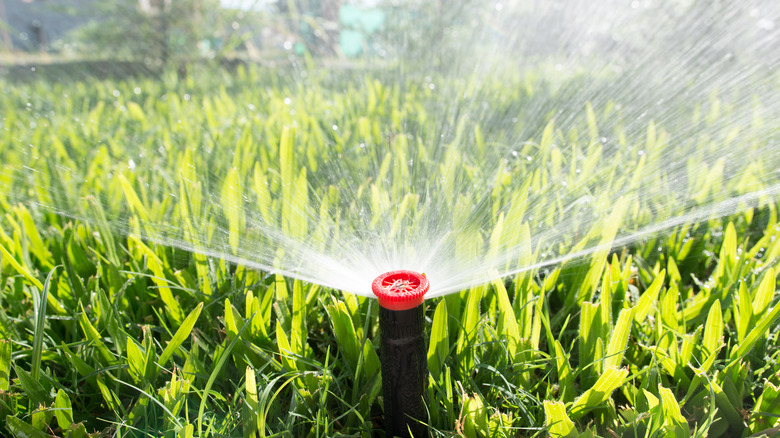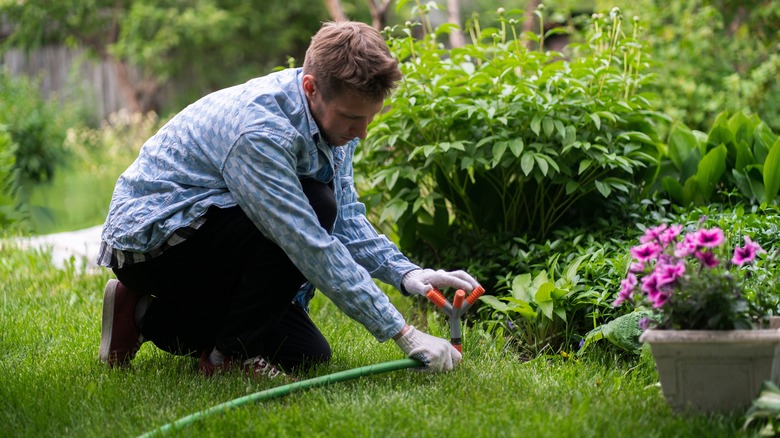Water Your Way To A Healthy Lawn By Understanding The Dangers Of Sprinkler Neglect
Keeping your lawn healthy and green requires paying close attention to a number of factors. You'll need to choose the right seed variety, regularly monitor soil health, fertilize appropriately, and water consistently. When it comes to the latter, the way you treat your sprinklers is key to delivering the right amount of water to the right spots. When sprinklers aren't properly maintained, they'll do a subpar job and can actually wreak havoc on your grass by making it overly wet or allowing it to dry out too much.
Individual sprinklers break more often than you may think, whether because they've simply outlived their life span or because they've been accidentally hit with something, like a lawnmower. When this happens, the head may not spray any water at all, drizzle just a few drops, or shoot a big jet into the air. Less noticeable but equally troublesome are tilted sprinkler heads. If a head leans too close to the grass, it can cause water to pool and oversaturate that area while leaving other patches parched. Finally, the sprinkler may become clogged with debris, preventing it from functioning at full capacity. In short, a neglected sprinkler system won't do its job properly and will prevent your lawn from thriving. Here's how to easily ensure its performance is always at its best.
How to maintain sprinklers correctly for a gorgeous lawn
Good sprinkler maintenance means checking in on your system at least a couple of times per season, but ideally once a month. A regular run-through will allow you to spot (and fix) problems as soon as they happen, ensuring your lawn doesn't pay the price. The biggest tuneup should be done in spring before you turn your irrigation system on for the season. Tilted sprinkler heads need to be repositioned upright while broken ones should be replaced, either entirely or by screwing in a new sprinkler head. Equally important is cleaning clogged sprinklers. Pull up the sprinkler and clamp on a vise grip at the base to keep it in place. Twist off the tip, remove the filter from inside and wipe it clean of dirt and debris. An untwisted paperclip can also help unclog any pesky holes before reassembly.
Once your sprinklers are clean and in place, flush the system. Screw a flush cap (which helps keep pressure high) onto your first sprinkler and turn on the water for 15 to 20 seconds, then repeat on all the others. What's more, in addition to checking the sprinklers themselves, you can look at your lawn for telltale red flags, like patches of grass that never drain completely or that are begging to dry out and change color.
Finally, as winter approaches and your gardening season draws to a close, drain the system completely by shutting off the water supply, then turning one sprinkler on for a few seconds to spark automatic draining.

